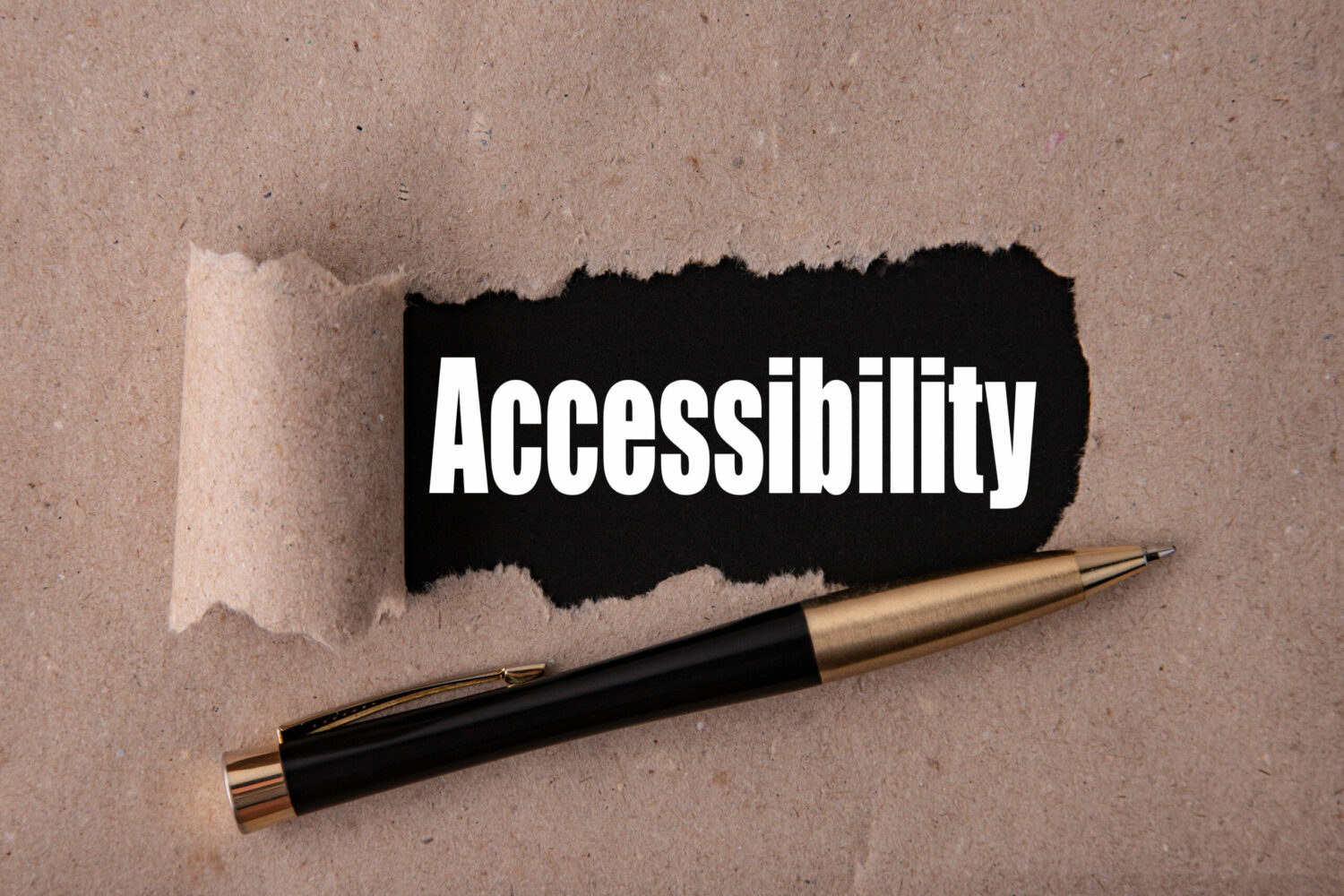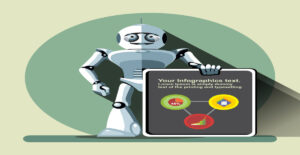While accessibility might feel like a huge ocean of opportunity, it is important to stay focused and goal-oriented when prioritizing your web accessibility needs. In this article, Equally AI’s web accessibility experts weighed in to give you best practices for attending to web accessibility concerns. But first…
What is Web Accessibility?
Web accessibility is the state of having websites and web content that are accessible to people with disabilities. Basically, it’s a way to facilitate access to the internet by individuals who have temporary, permanent, or situational impairments. To help unify and optimize the process of web accessibility, the World Wide Web Consortium (W3C) developed the Web Content Accessibility Guidelines (WCAG). A set of guidelines for web developers and web authors to follow for developing accessible digital content.
The WCAG is a technical document and implementation of its recommendations should be handled by a team of web accessibility experts. Now, before you attempt to fix your website by yourself, we have curated a list of best practices that will guide your efforts.
Here’s Equally AI’s pro list of best practices.
Research
An understanding of web accessibility and the various associated concepts is crucial. With a deep understanding of web accessibility, you can address issues more effectively. You can learn the basics from the following sources:
- Orientation articles and videos for research
- Colleagues, friends, or family members with disabilities
- Information or training from accessibility and disability organizations
- Experiencing how people with disabilities access web content.
- Understanding the benefits and value of accessibility can help you and others
Frontload Your Important Improvements
When you think about improving your website’s accessibility, it may seem like there are a million little things that can be done. To figure out where to focus your time, efforts, and resources, we recommend looking at the big picture.
Some accessibility recommendations should be considered before others. For instance, improvements that affect people with visual impairments such as ensuring your entire site navigation (including drop-down menus) are keyboard accessible and providing alternative text for images can dramatically change your brand perception.
Plan and Create Goals
Determine which issues need to be addressed and establish clear milestones. You should prioritize the most straightforward tasks. Your website can also be prioritized based on certain pages.
Assign goals to each role, such as requiring all images to have alt text and developers to use semantic HTML and ARIA labels. You can also set a site-wide accessibility goal, such as making your website accessible at WCAG Level A within one year, or Level AA within 18 to 24 months.
Also, keep an eye out for any legislation and deadlines that might affect your strategy, and plan accordingly.
Develop a Company Policy Framework for Accessibility
Incorporate the goals from your accessibility policy into other policies and procedures. This will result in a spread of responsibility and accessibility as a daily practice.
Here are a few examples of how incorporating accessibility can be beneficial:
- Document publishing process: Incorporate accessibility checks into the workflow, so that best practices are followed and accessibility is maintained.
- Procurement process: Notify suppliers of your accessibility needs by including accessibility criteria in quotes and contracts.
- Quality assurance: Track accessibility issues and allocate resources as part of the quality assurance cycle.
Update Resources and Websites to Reflect Changes in Web Technologies
Accessibility issues can be introduced by content changes, but they can also be improved. Monitor the changes to identify problems and solutions.
Be sure that you track functionality that changes with each version and consider what technologies you intend to support. List your base browsers, assistive technologies, and the authoring tools you use, such as your content management system.
The website development list should include updated browser support and assistive technology. New features and service enhancements will be included in the new version of the website. In order to make use of this new version’s accessibility features, you may need to do extra work.
You can also use the accessibility features provided by new versions of your authoring tools. Content authors may need updated training or extra training in order to use new features. Contact authoring tool vendors with accessibility suggestions.
Aim for a Seamless Experience
With web accessibility, there exists the tendency to overcomplicate things for your website visitors. The trick is to aim for a simplified experience. For instance, Equally AI’s Accessibility Assistant comes with 5 accessibility profiles built specially to cater to people with various disabilities. There’s a Seizure secure profile; for people with photosensitive epilepsy, Blind (screen reader/braille); for individuals who are blind, Visual Impaired; for people with a diverse range of visual impairments, Motor Impaired; for people with impairments to their range of movement, and Focus (ADHD); for people who experience challenges focusing.
This ensures that everyone can have an enhanced experience without hindering the overall user experience.
Maintenance of Progress
Keep an eye on your website content as it changes. Include accessibility checks in the publishing process to reduce the risk of accessibility issues. In addition, provide a template for reporting and a consistent method for evaluating. Identifying trends across websites or teams and creating management reports are made easier by comparing findings.
Assess the progress made towards your accessibility objectives based on your assigned responsibilities and planned schedule. This includes progress on:
- Accessible web content
- Procedures and policies to be implemented
- Training and knowledge sharing for staff
Use an Automated Web Accessibility Solution
Web accessibility solutions can save you the hassle of constantly needing to review and repurpose different layers of your website as you scale your business. With just one line of code and a lot of dedication from Equally AI’s team, your website can be made accessible according to WCAG 2.1 level AA standards. It’s affordable and easy to use. The best part is that you can try it out for free without a credit card for 14 days.




